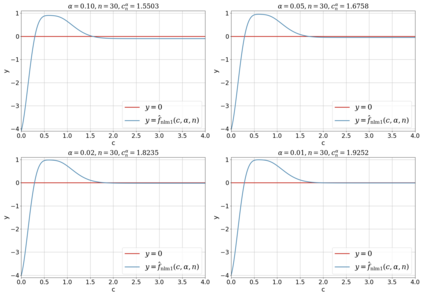Kuiper's statistic is a good measure for the difference of ideal distribution and empirical distribution in the goodness-of-fit test. However, it is a challenging problem to solve the critical value and upper tail quantile, or simply Kuiper pair, of Kuiper's statistics due to the difficulties of solving the nonlinear equation and reasonable approximation of infinite series. The pioneering work by Kuiper just provided the key ideas and few numerical tables created from the upper tail probability $\alpha$ and sample capacity $n$, which limited its propagation and possible applications in various fields since there are infinite configurations for the parameters $\alpha$ and $n$. In this work, the contributions lie in three perspectives: firstly, the second order approximation for the infinite series of the cumulative distribution of the critical value is used to achieve higher precision; secondly, the principles and fixed-point algorithms for solving the Kuiper pair are presented with details; finally, an error in Kuiper's table of critical value is discovered and fixed. The algorithms are verified and validated by comparing with the table provided by Kuiper. The methods and algorithms proposed are enlightening and worthy of introducing to the college students, computer programmers, engineers, experimental psychologists and so on.
翻译:暂无翻译










